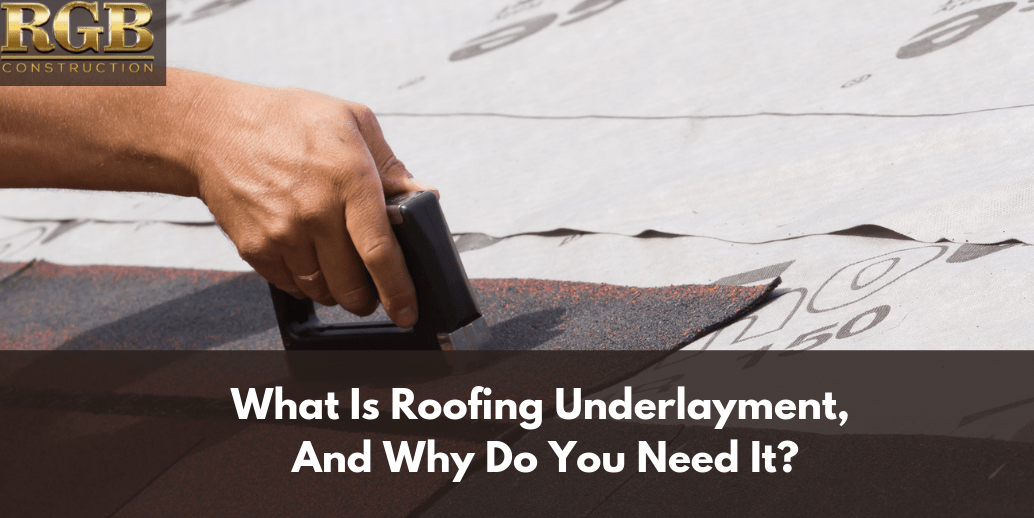You are probably wondering why should I want to know about roofing underlayment, and why should I be worried about something that is under something else? Well, there are a number of reasons why and you’ll appreciate knowing the details.
So, just what is roofing underlayment? Well, it is the barrier that is directly attached to your roof deck. Your roof deck is the flat portion of your roof that every other roofing material is attached to, including the underlayment. Underlayment is resistant to water (waterproof) and, again, it is attached directly to the roof deck. It is the initial application before any other roofing materials are added onto the roof. It provides a protective layer from inclement or severe weather. That’s why you need it.
Types of Roof Underlayment
1. Asphalt-saturated Felt
This type of roof underlayment is resistant to water. At one time, it was the going thing in underlayment until years passed and more advanced underlayment materials came into being. It was soon replaced with synthetic products that quickly gained in use and popularity.
Asphalt saturated felt is also known as both tar paper and felt paper. Roofing felt is a blend of natural plant fibers (cellulose), bitumen (asphalt) and polyester. The base layer is called basemat and is flexible. This layer is drenched with asphalt, which makes it water resistant. The felt paper is affixed across the whole roof deck.
2. Synthetic, or Non-bitumen Underlayment
This type of underlayment is also known as synthetic or non-bitumen underlayment, which is the kind of underlayment that professional roofers prefer to use.
The synthetic basemat is soaked or drenched in asphalt. Fiberglass is added to give the synthetic underlayment stability as well as resistance to tears. Some higher quality underlayment includes coarse woven material reinforcement, or scrim that adds slip resistance to the underlayment, even when wetness occurs. Synthetic underlayment is applied across the whole roof deck, and it is, at times, used with other waterproof products.
3. Rubberized Asphalt Underlayment
Rubberized asphalt underlayment is waterproof which is due to its higher content of asphalt and rubber polymers. As an underlayment, it usually has a sticky backing along with a membrane that is detached before installation. This type of backing is what sets up the waterproof seal that exists between the underlayment and the roof deck. It should be used around roof deck edges as well as in low areas, such as roof overhangs or protrusions where leaks can occur. Also, in areas where cold weather predominates, waterproof underlayment should be placed at the eaves of a roof for protection and stability.
Why You Need Underlayment
Every roof deserves an underlayment to work as a barrier to moisture and the elements. It gives a roof an added layer of protection that shingles alone simply can’t provide. Shingles are designed to stop water, reflect the rays of the sun and endure wind. Since shingles overlap one another and lack sealing on all corners, they can easily be uplifted by wind and bad weather conditions. They can also detach or be subject to intrusion by wind and rain. In addition, shingles can become dry and brittle from age and heat, plus if there is an attic that is not ventilated, damage can easily occur because of the buildup of heat. Water-resistant underlayment is the answer to the added protection of your roof’s surface.
A strong underlayment is definitely an advantage when it comes to keeping a roof intact from strong wind gusts, wind-related storms as well as from accumulated water, leaks and precipitation damage. Underlayment doesn’t have to be confusing but if you have questions concerning its use, material types and installation, complete the online contact form and a roofing expert will get back to you with the answers you need.







